Environmental Analytics

«Environmental analytics: Precise, versatile, innovative - reading traces for a sustainable future.»
Dr. Susanne Kern
Head Research Group Environmental Analytics
Detection of trace substances - We use analytical methods to track certain substances of interest - be it fragrances and flavorings in cosmetics and food, marker substances for certain materials such as tyre abrasion, or chemicals of concern for the environment. The identification and quantification of organic compounds and elements at trace levels in materials and environmental samples requires analytical knowledge, experience and state-of-the-art equipment, which we successfully utilise at the ZHAW.
Focus - Development, validation and application of analytical methods in the field of mass spectrometry, chromatography and elemental analysis.
Our areas of interest and expertise include the identification and quantification of organic compounds in complex matrices such as environmental samples. By means of complex sample preparation such as enrichment by solid phase extraction (SPE) or gas phase sampling (headspace solid phase micro extraction, SPME) and subsequent chromatography (gas chromatography, GC, or liquid chromatography, LC) coupled with mass spectrometry (high and low resolution), even the smallest traces can be detected.
Sample preparation
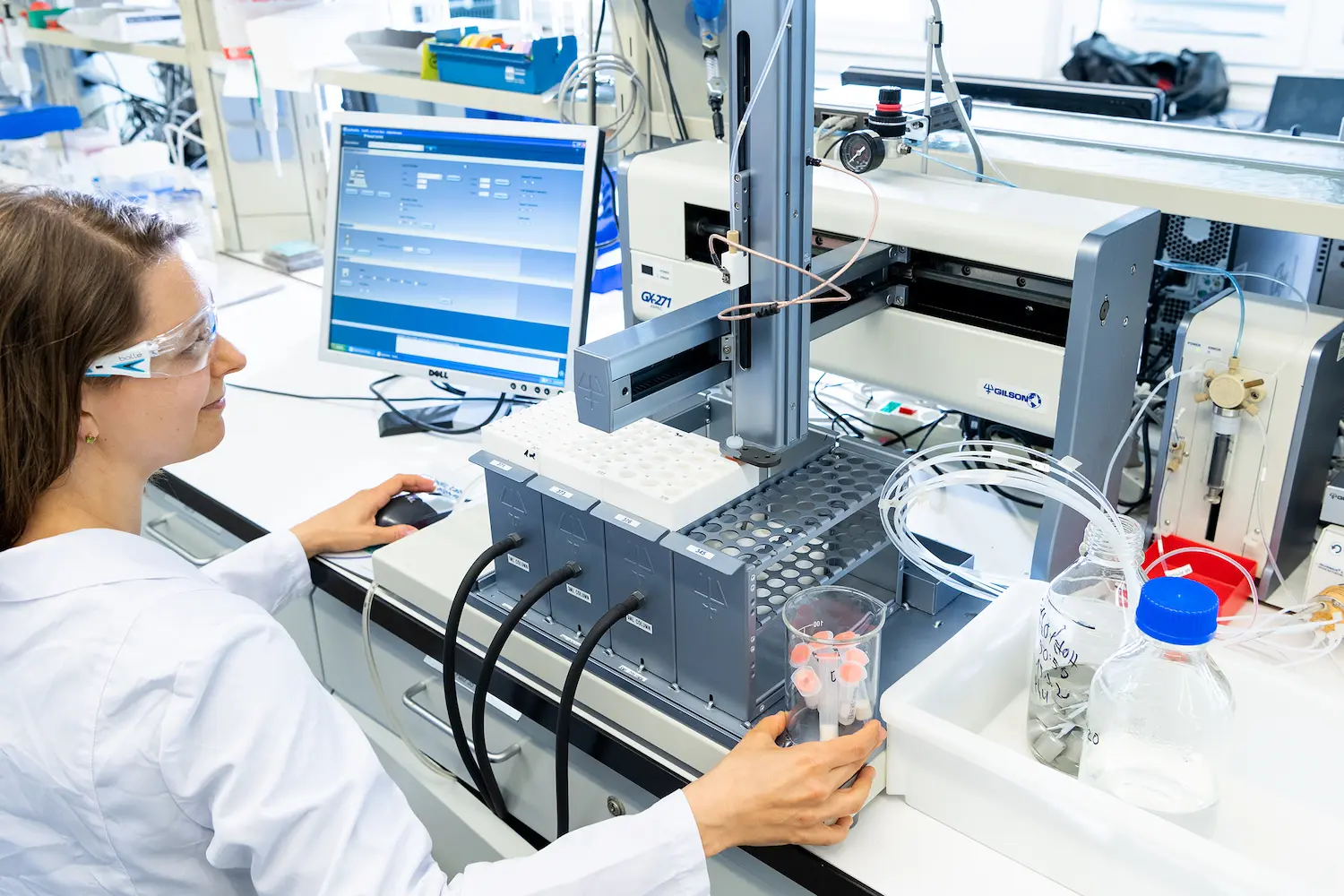
- Sample preparation with
- Solid phase extraction (SPE)
- Different extraction methods -
- Liquid liquid extraction, Soxhlet
- Preparative liquid chromatography (PrepLC)
- Volatile organic compounds - Headspace, solid phase micro extraction (SPME), In-Tube Extraction (ITEX), Dynamic Headspace, Sorption on tube such as Tenax, Automated derivatisation (silylation of fatty acids)
Experience and broad application in the field of mass spectrometry
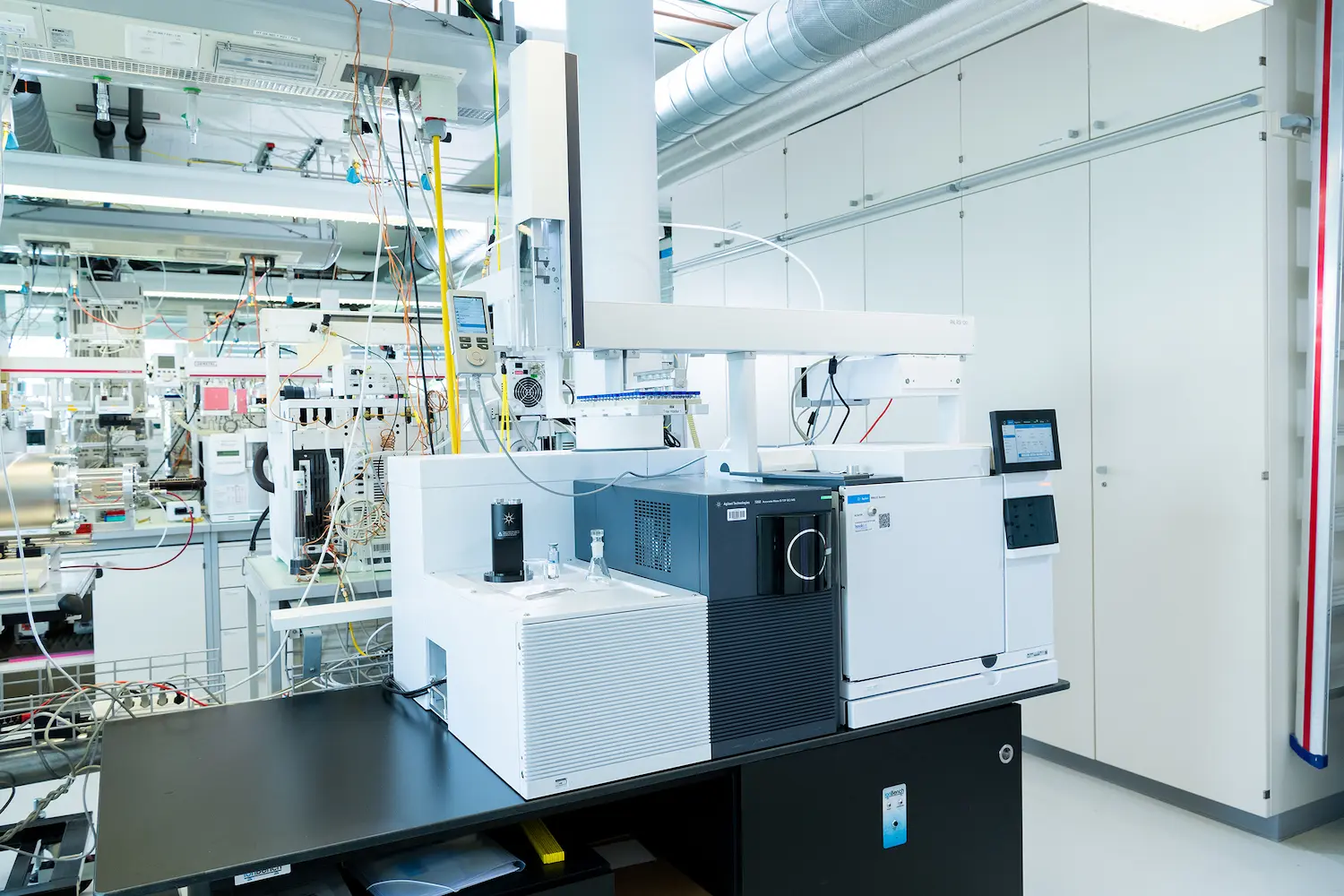
- Liquid chromatography – Mass spectrometry (LC-MS systems) with additional detection systems (e.g. DAD Diode array detector, ELSD evaporative light scattering detector, FLD Fluorescence detector)
- Gas chromatography – Mass spectrometry (GC-MS systems) with additional detection systems (e.g. FID Flame ionisation detector, TCD Thermal conductivity detector, «O» Olfactometry)
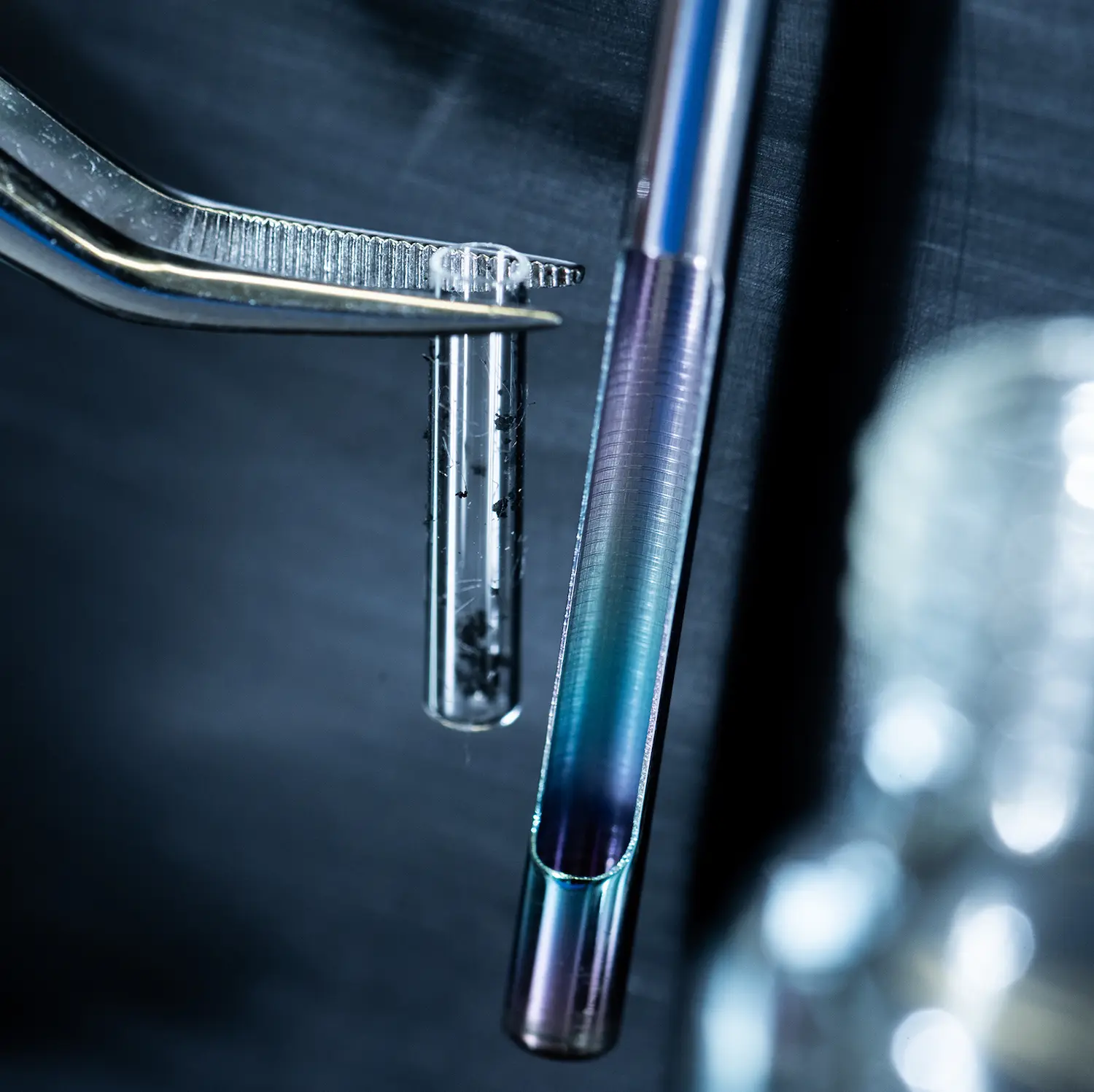
Structure elucidation and trace analysis in complex matrices:
- Liquid chromatography - Quadrupole time-of-flight mass spectrometry (LC-QTOF)
- Gas chromatography - Quadrupole time-of-flight mass spectrometry (GC-QTOF)
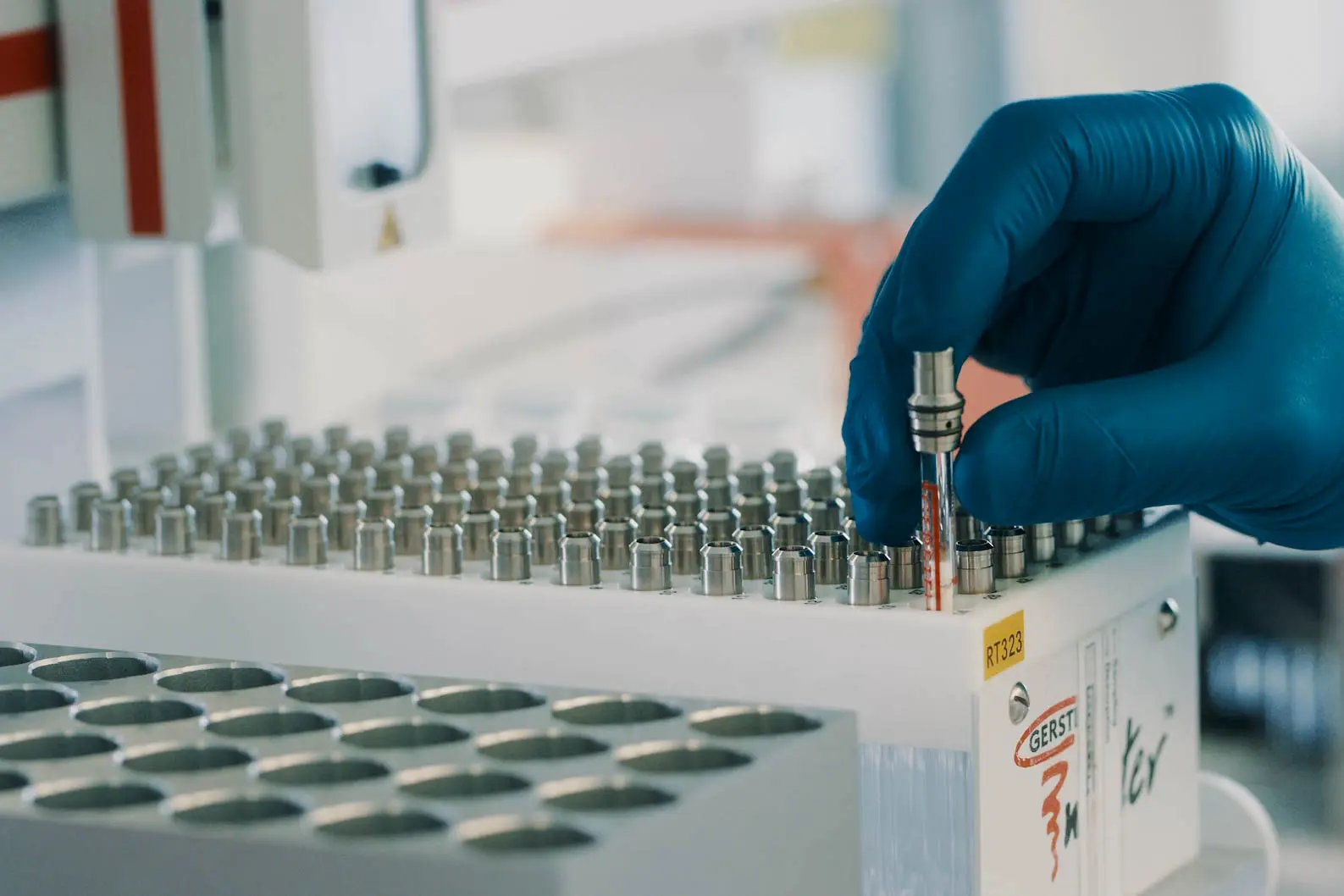
Sample introduction systems such as
- SPME (Solidphase Micro Extraction)
- ITEX (In Tube Extraction)
- HS (Headspace)
- SBSE-TD (Stir Bar Sorptive Extraction with Thermal Desorption)
- TDU (thermal desorption unit)
- TSP (Thermal Separation Probe)
Application knowledge in the field of element analysis
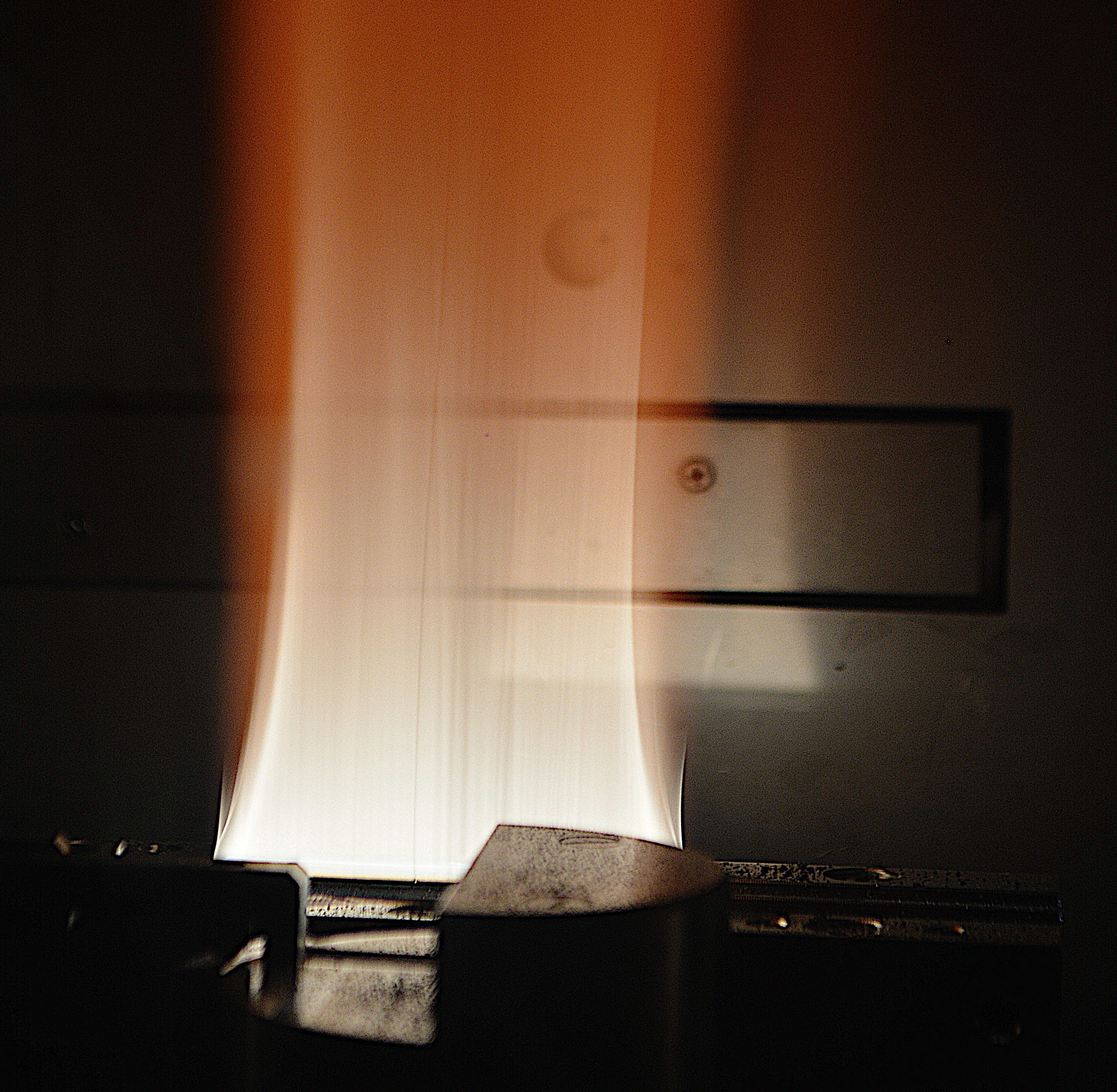
- Digests for element analysis
- Optical emission spectrometry with inductively coupled plasma (ICP-OES)
- Atomic absorption spectrometry (AAS; Continuum Source, Line Source and Hydride System)
- Mobile X-ray fluorescence instrument (ED-XRF)
- Voltammetry (VA/CVS)
IT-supported laboratory infrastructure and evaluation in analytical chemistry
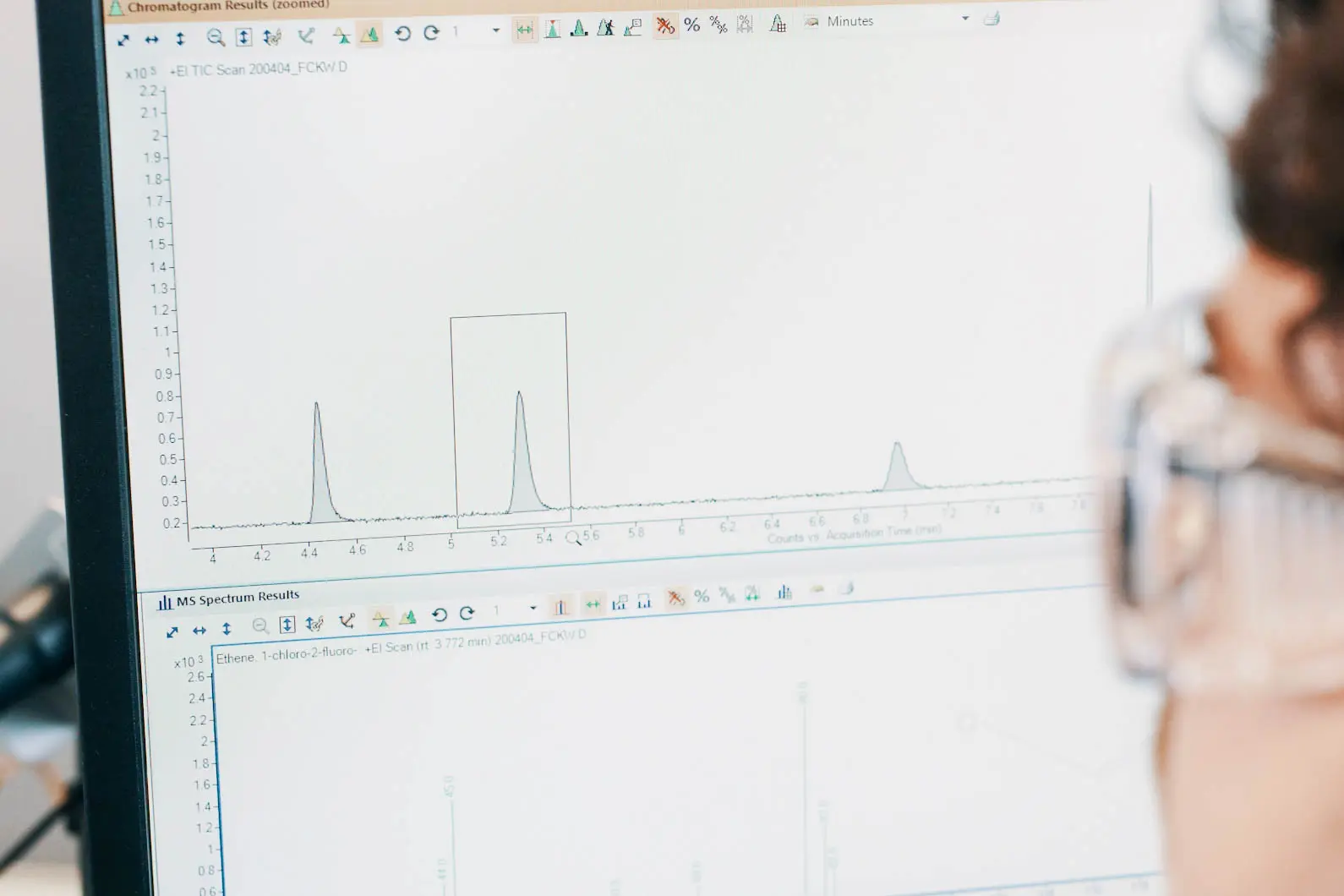
- Evaluation workflows for analytical screening
- Automated storage of analytical raw data on a central server
Early detection of invasive organisms with sniffer dogs

The project investigates the composition of volatile organic compounds (VOCs) of the larvae of the Japanese beetle (Popillia japonica) in order to identify and evaluate the relevant molecules associated with this organism. These VOCs are analysed using analytical methods based on solid phase micro extraction (SPME) with subsequent gas chromatography coupled to mass spectrometry (GC-MS). This enables the targeted, scientifically sound training of sniffer dogs for the early detection of larvae in the soil of infested sites.
Tyre abrasion ingredients and their environmental behaviour
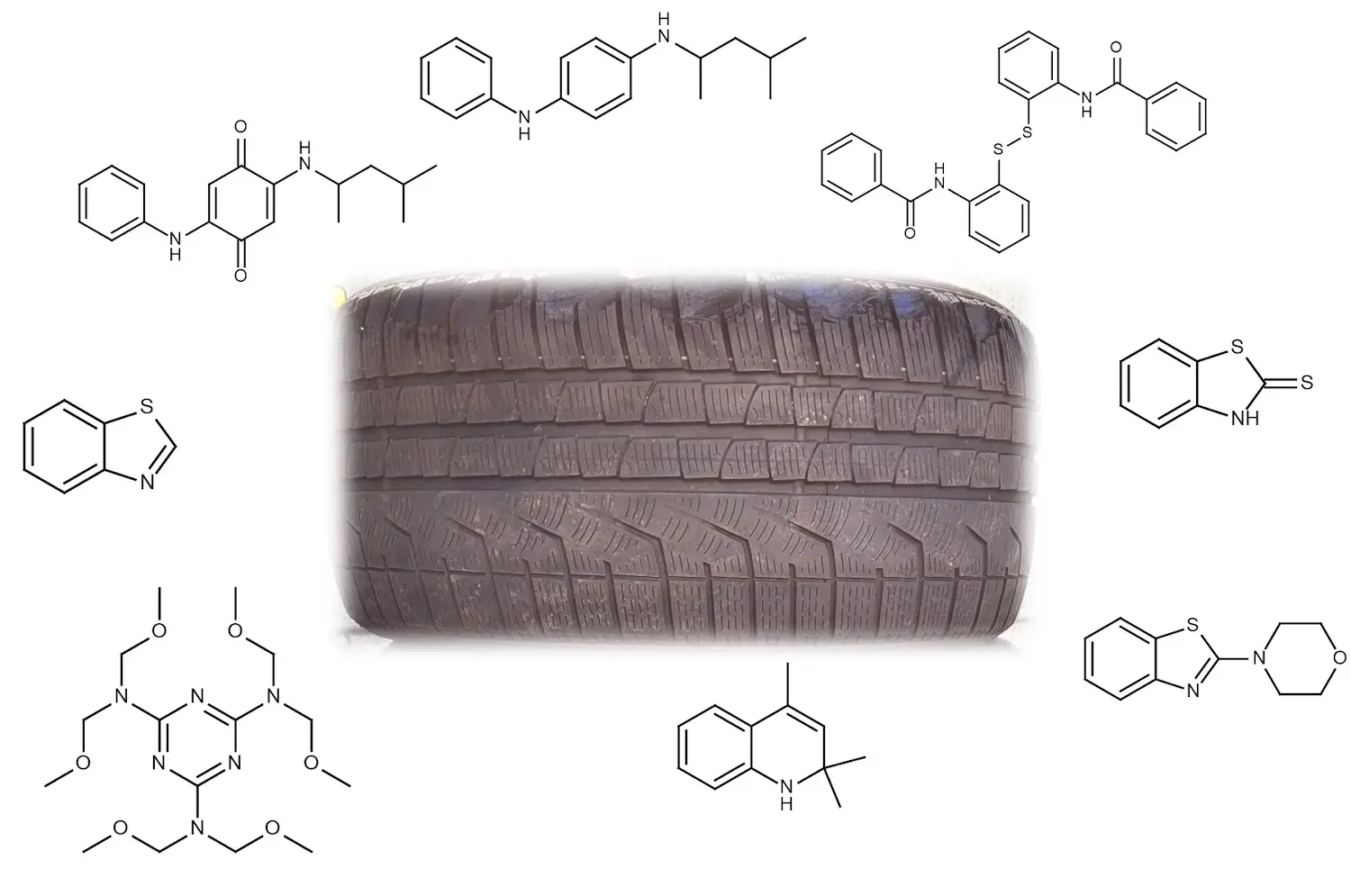
Search for marker substances from car tyres that can be used to estimate the contribution of tyre wear to the environment.
Cooperation & Projects
It is estimated that over 70,000 different chemicals are produced by the industry every year. This covers a wide range of purposes, from agrochemicals and petrochemicals, plastics and resins to so-called consumer products. For a large number of substances, there is no information on their existence, degradability and toxicity in the environment.
The research group Environmental Analytics detects such chemicals in various materials and environmental samples. The strong networking and co-operation of our specialist group with other institutes and specialist departments results in a strong and broad knowledge base. Various research projects as well as Bachelor's and Master's theses are examples of this:
- Detection of small organic acids and phenols in samples from biogas plants (with the Environmental Biotechnology and Bioenergy Group)
- Surfactant analysis in washing machine with closed nutrient and water cycle (with IUNR, MODO)
- Wastewater analysis of volatile organic molecules using HS-GC (with the Industrial Chemistry Division)
- Heavy metal analysis using ICP-OES in wastewater from cleaning plants (with the Environmental Biotechnology and Bioenergy Division)
- Analysis of chlorinated paraffins in the environment (with Empa)
- Electronic laboratory notebook (ELN) in teaching, digital learning project (internal project)
Team
-

ZHAW School of Life Sciences and Facility Management
Environmental Analytics
Einsiedlerstrasse 31
8820 Wädenswil -

ZHAW School of Life Sciences and Facility Management
Environmental Analytics
Einsiedlerstrasse 31
8820 Wädenswil -

ZHAW School of Life Sciences and Facility Management
Environmental Analytics
Einsiedlerstrasse 31
8820 Wädenswil